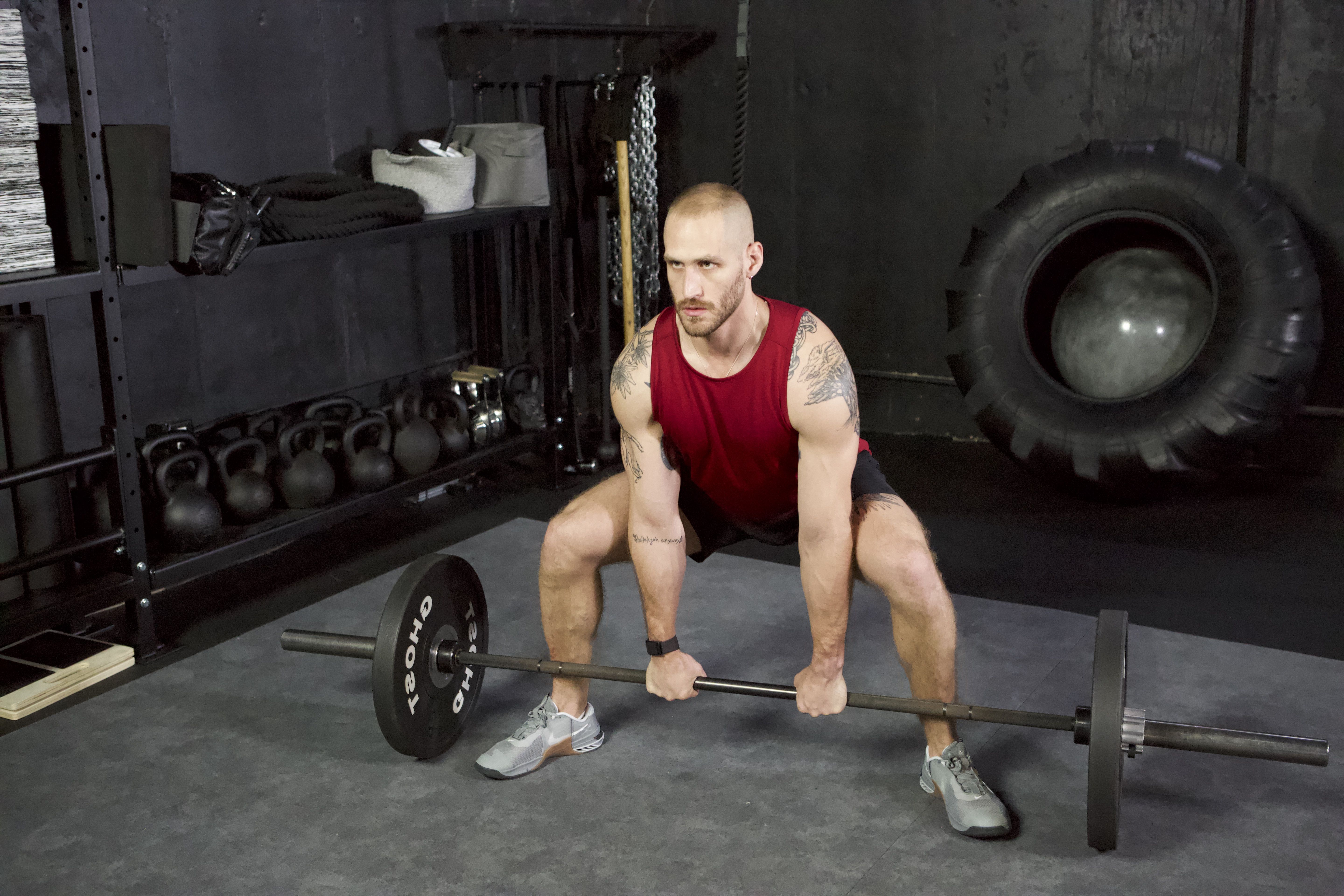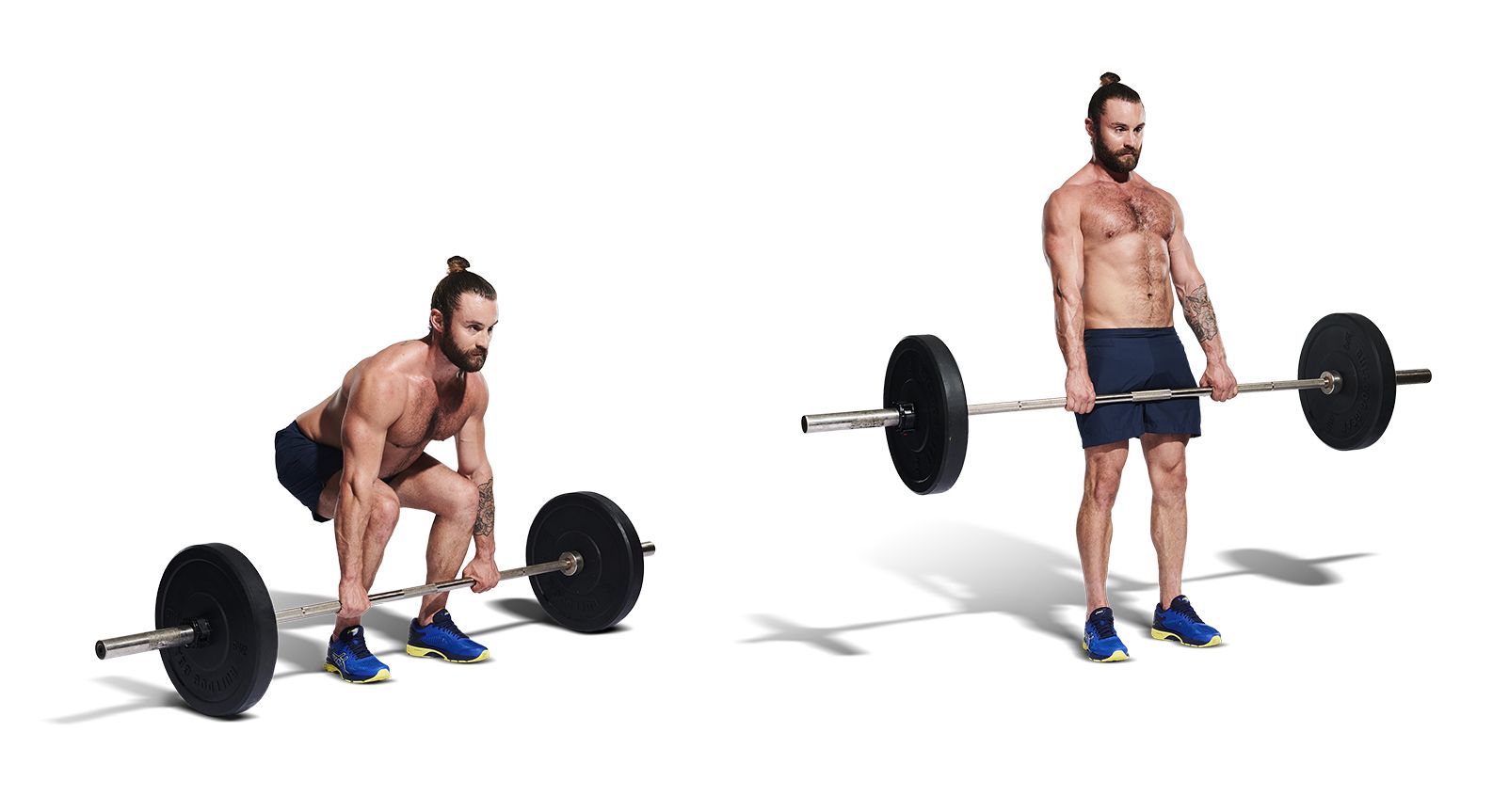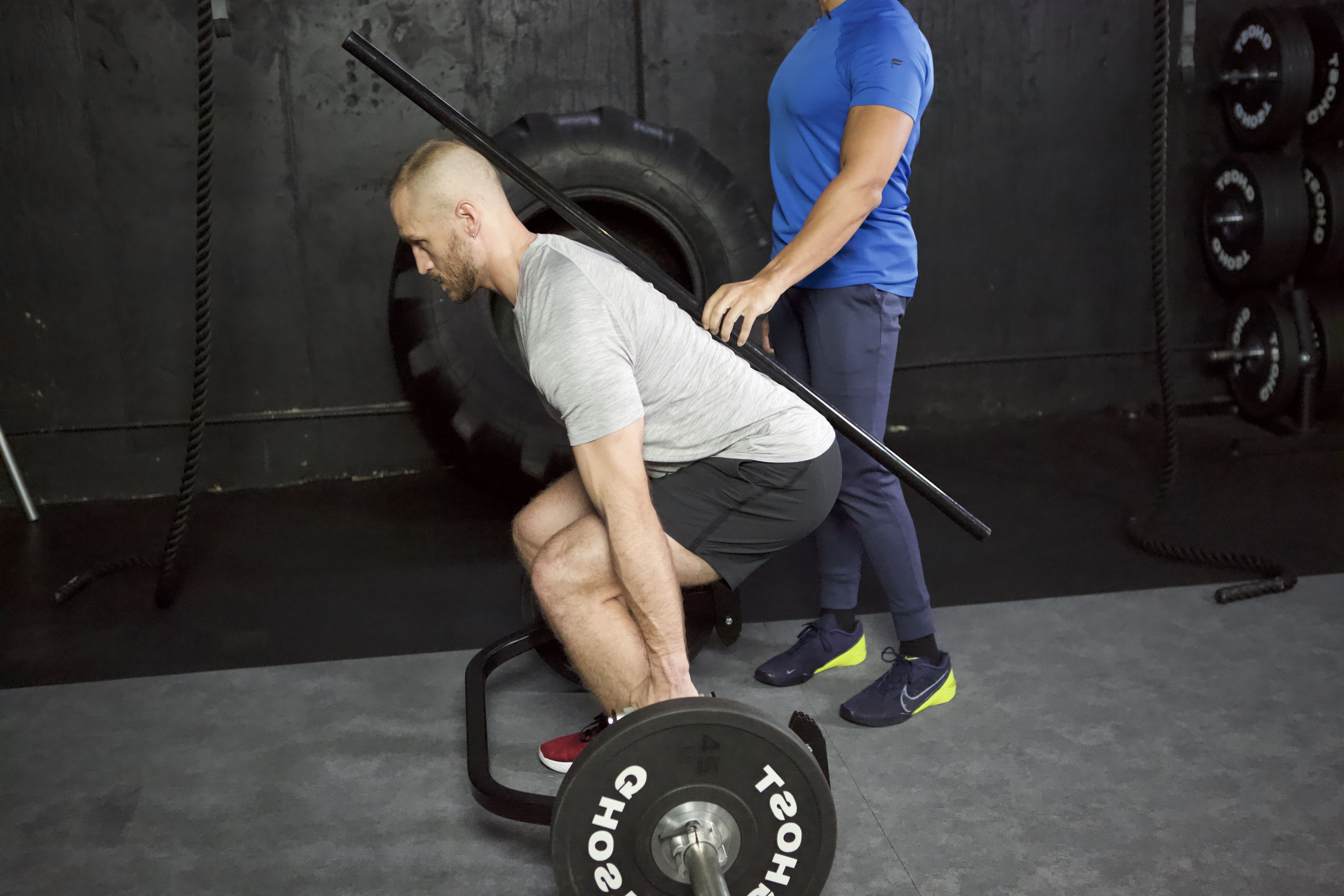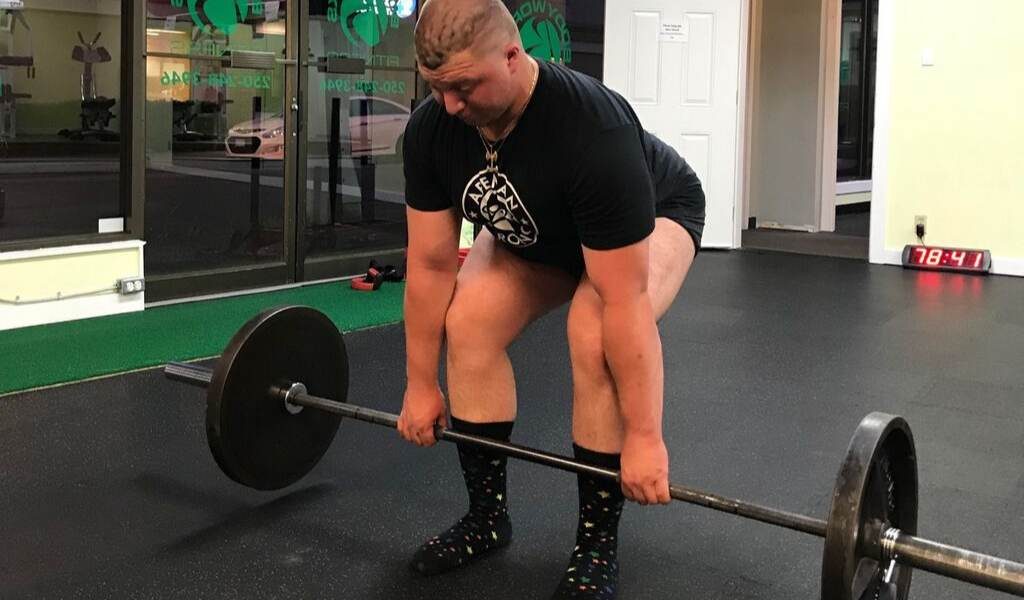Deadlifts, a powerhouse of a compound exercise, are renowned in the fitness world for their exceptional ability to build strength, improve posture, and enhance athletic performance. As a cornerstone in weight training, deadlifts target multiple muscle groups simultaneously, making them an efficient and effective exercise.
However, what muscles do deadlifts work specifically? The answer lies in the variation of the deadlift being performed. Each variation shifts the focus slightly, targeting different muscle groups more intensely. In this blog, we'll explore the various types of deadlifts and understand their specific muscle focuses.
Traditional Deadlift

Starting with the traditional deadlift, this is the most common form of the exercise. It involves lifting a loaded barbell off the ground to the level of the hips, then lowering it back down. The primary muscles worked in a traditional deadlift are the glutes, hamstrings, and lower back. These are the muscles primarily responsible for hip extension. Secondary muscles worked include the quads, which help in knee extension, and the traps and lats in the upper body, which stabilize the spine during the lift.
Sumo Deadlift

The sumo deadlift, characterized by a wider stance and a more upright torso, places more emphasis on the inner thighs, glutes, and quads. By changing the position of the feet and hands, the sumo deadlift reduces the strain on the lower back and shifts the focus to the legs. This variation is particularly beneficial for those with lower back issues or those looking to target their inner thigh muscles more intensively.
Romanian Deadlift

Focusing more on the hamstrings and glutes, the Romanian deadlift (RDL) is an excellent variation for those looking to target their posterior chain. Unlike the traditional deadlift, the RDL starts at the top (standing position) and involves a hip hinge movement with slightly bent knees, lowering the barbell to around mid-shin before returning to the standing position. This variation is less about lifting heavy and more about muscle engagement and control.
Stiff-Legged Deadlift

The stiff-legged deadlift, as the name suggests, is performed with almost straight legs. This variation places intense focus on the hamstrings and lower back, making it a great exercise for developing hamstring strength and flexibility. However, it's essential to perform this exercise with proper form to avoid undue strain on the lower back.
Trap Bar Deadlift

Utilizing a trap bar (also known as a hex bar), this variation changes the mechanics of the exercise, placing less stress on the lumbar spine. The trap bar deadlift allows for a more upright torso, reducing the shear force on the spine. This variation is particularly beneficial for those with back issues or beginners who are learning the basics of deadlifting. The muscle focus is more balanced between the quads, glutes, and hamstrings.
Single-Leg Deadlift

The single-leg deadlift is a unilateral exercise that significantly challenges balance and coordination. It predominantly works the hamstrings and glutes on the working leg, along with the lower back. This variation is excellent for identifying and correcting muscle imbalances between the legs and improving overall stability.
Deficit Deadlift

Performed standing on a raised platform (such as a weight plate or a small box), the deficit deadlift increases the range of motion of the exercise. This variation places more emphasis on the lower back, hamstrings, and glutes, particularly at the start of the lift. It's a great way to enhance mobility and strength for the conventional deadlift.
Paused Deadlift

In a paused deadlift, the lifter pauses at a specific point during the lift, typically just below the knee. This pause increases time under tension and helps in developing strength at the lift's sticking point. The paused deadlift is beneficial for targeting the muscles of the lower back, hamstrings, and glutes.
Conclusion
Incorporating different variations of deadlifts into your training regimen can lead to comprehensive muscle development and improved overall strength. Each variation targets specific muscle groups, allowing you to focus on areas that need more attention or to work around any limitations or injuries. Remember, technique is paramount in deadlifts, so always prioritize form over weight to prevent injury. By understanding the muscle focus of each deadlift variation, you can effectively plan your workouts to achieve your fitness goals.






